Depending on the source you consult, French luxury lighting atelier Maison Baguès was launched in Paris in 1860, or in Auvergne in 1840. Still active today, the brand remains an exemplar of French design savoir-faire.
Under founding metalsmith Nöel Baguès’s direction, Maison Baguès began as a specialist in liturgical bronze candlesticks, before late-19th-century technological advancement—and the 1880 managerial arrival of Nöel’s son, Eugène—saw the broadening of the atelier’s range to include bronze fixtures for newly-invented electrical lighting. Expansion drove the following decades, as Eugène, together with his own sons, Victor and Robert, continued to swell out the atelier’s Art Deco-tinged output. By the 1920’s, Maison Baguès’s collections included gilded iron fixtures—the iconic Parrots & Foliage hand-strung crystal chandeliers
and complexly carved wall sconces
—as well as metal gates, accent tables, and stair bannisters (which still adorn Parisian locales like the Porte Dorée and the Théâtre des Champs-Elysées).
Delicate and detailed, Maison Baguès’s bespoke designs and metalwork attracted the social elite. In 1928, eminent bourgeoisie décorateur Armand-Albert Rateau famously used a selection of Maison Baguès accessories to furnish the townhouse interiors of haute couturist Jeanne Lanvin. Beyond Rateau, the atelier was commissioned by many chic interiors icons like Raymond Subes and the legendary decorating firm Maison Jansen. Notably, the Maison Jansen collaboration underscores the majority of Maison Baguès’s design on today’s vintage market, where the atelier’s pieces, seldom marked or labeled with the Baguès name, are often advertised as “supplied by Jansen” or “Jansen Style.”
On the heels of such collaborations, Baguès continued in the interwar period to expand into the international consciousness and market, culminating in the establishment of retail branches in New York, Cairo, London, Brussels, and Rome. The atelier experienced a brief hiccup amid the Great Depression, passing into the hands of bankers, before Victor Baguès’s son, Jean-Pierre, repurchased the company in 1957 and revived its collection with new work. Standouts from this later oeuvre include the Perroquet gilt-metal sconces with cut crystal elements; the Imitation Bamboo Coffee Table; and a Maison Charles-designed metal floor lamp—all designed ca. 1960s.
Today, Maison Baguès devotes the majority of its energies toward preserving the company’s heritage through restoring and re-editing their catalogue’s most beautiful models for large French and international decoration offices, such as Alberto Pinto, Pierre Yves Rochon, and Nina Campbell.
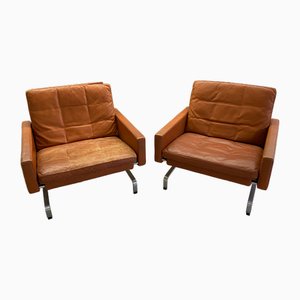
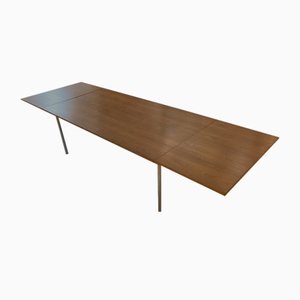
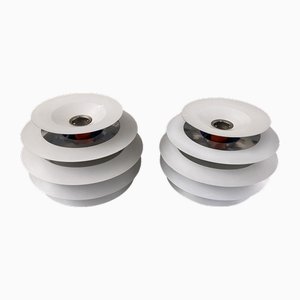

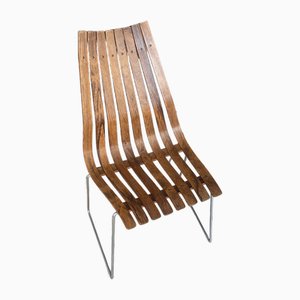
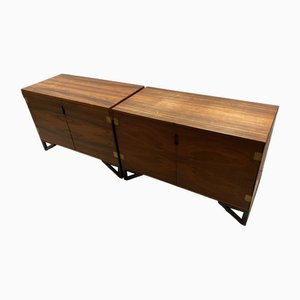
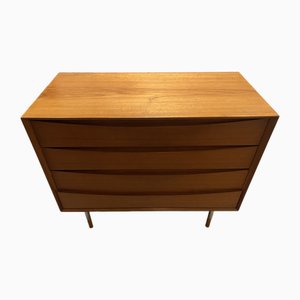

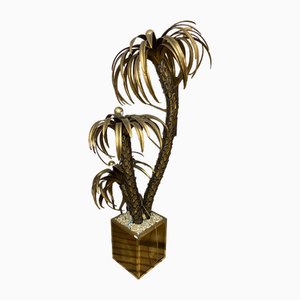

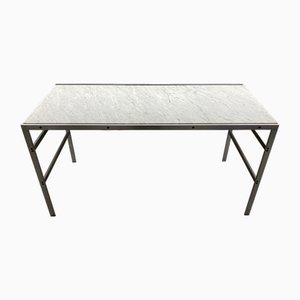
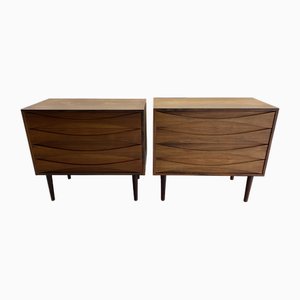
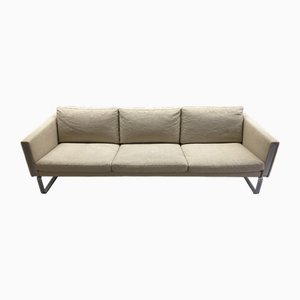
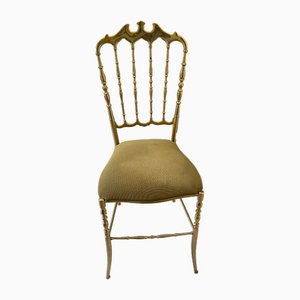
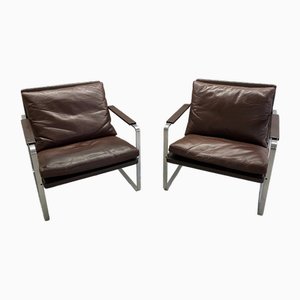
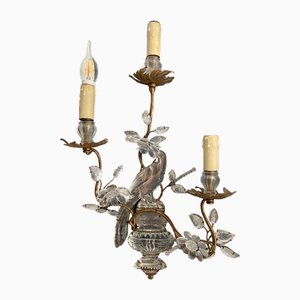

Get in Touch
Make An Offer
We noticed you are new to Pamono!
Please accept the Terms & Conditions and Privacy Policy
Get in Touch
Make An Offer
Almost There!
To follow your conversation on the platform, please complete the registration. To proceed with your offer on the platform, please complete the registration.Successful
Thanks for your inquiry, someone from our team will be in touch shortly
If you are a Design Professional, please apply here to get the benefits of the Pamono Trade Program